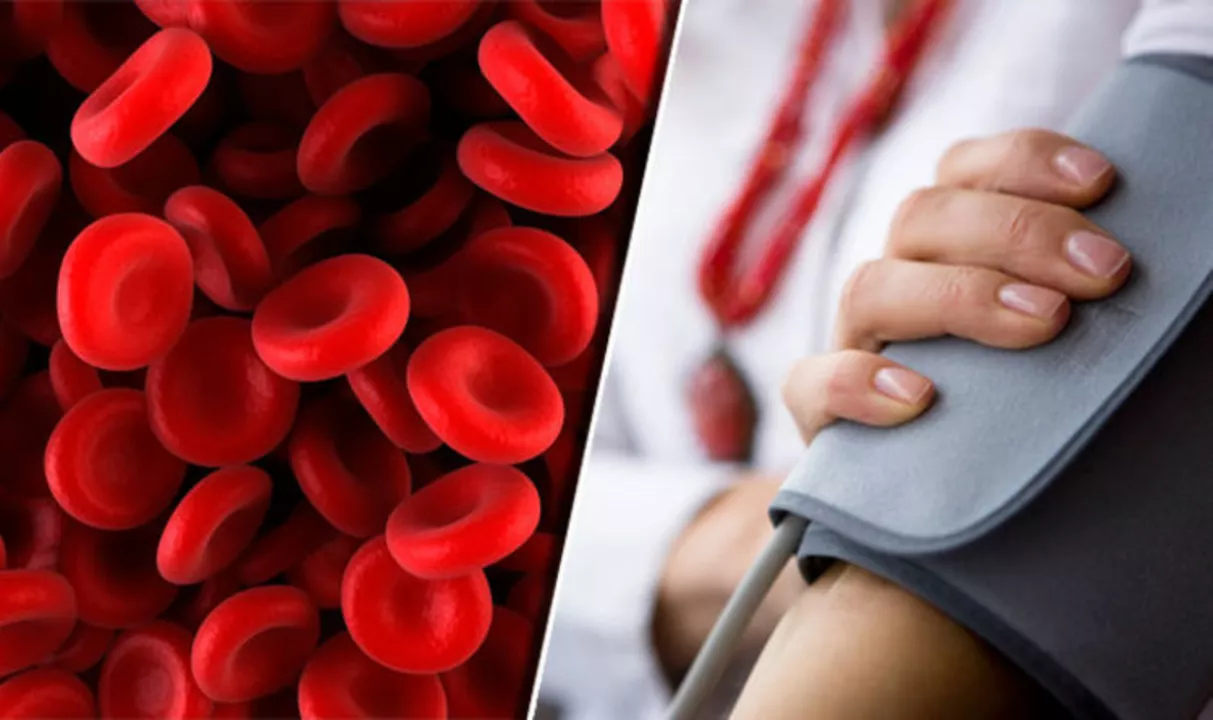Chlorthalidone: What It Is, How to Use It, and What to Watch For
If your doctor prescribed a pill called chloro‑thal‑i‑done, you’re probably dealing with high blood pressure or swelling caused by fluid buildup. In plain terms, it’s a thiazide‑like diuretic that helps your kidneys get rid of excess salt and water, lowering the pressure on your heart.
How Chlorthalidone Works and When It’s Used
The drug tells your kidneys to excrete more sodium. Less sodium means less water sticks around, so blood volume drops and blood pressure falls. Doctors also use it for edema linked to heart failure, liver disease, or kidney problems.
Typical starting doses are 12.5 mg to 25 mg once a day, taken in the morning. Some people need up to 50 mg, but you’ll never exceed 100 mg without a specialist’s guidance. Taking it early in the day helps avoid nighttime bathroom trips.
Common Side Effects and Safety Tips
Most folks feel fine, but expect a few things:
- Dizziness or light‑headedness – often from low blood pressure. Stand up slowly.
- Increased urination – that’s the point, but it can be frequent at first.
- Low potassium (hypokalemia) – you might feel muscle cramps or fatigue. Eating bananas or a potassium‑rich diet helps.
- Higher blood sugar – diabetics should monitor levels closely.
- Gout flare‑ups – if you’ve had gout, talk to your doctor about preventive steps.
If you notice severe muscle weakness, irregular heartbeat, or sudden weight loss, call your provider right away. Those could signal electrolyte imbalances that need quick adjustment.
Drug Interactions You Can’t Ignore
Chlorthalidone plays well with many meds, but watch out for:
- Other diuretics or blood pressure pills – they can push your pressure too low.
- NSAIDs (ibuprofen, naproxen) – may blunt the drug’s effect on blood pressure.
- Potassium‑sparing drugs (spironolactone, triamterene) – risk of high potassium.
Always list every supplement and over‑the‑counter product when you see your doctor. Even herbal teas with potassium can matter.
Practical Tips for Getting the Most Out of Chlorthalidone
1. Take it with food or a full glass of water. This reduces stomach upset.
2. Check your blood pressure at home. Track readings before and after starting the medication; share trends with your clinician.
3. Watch your electrolytes. A simple blood test every few months can catch low potassium or high sodium early.
4. Stay hydrated, but don’t overdrink. Too much fluid can undo the diuretic’s benefit; too little can cause dehydration.
5. Avoid late‑night doses. A morning schedule keeps you from waking up multiple times to pee.
When to Call Your Doctor
If you develop a persistent cough, severe headache, or notice swelling in your ankles despite the medication, it could mean your dosage needs tweaking. Also, sudden weight loss (more than 5 lb) without trying is worth a quick check.
Remember, chlorthalidone isn’t a cure for hypertension; it’s a tool to keep your numbers in a healthy range. Pair it with a low‑salt diet, regular exercise, and routine doctor visits for the best outcome.
Got more questions? Drop them in the comments or browse our other articles on blood pressure meds and safe online pharmacy options. Stay informed, stay healthy!
